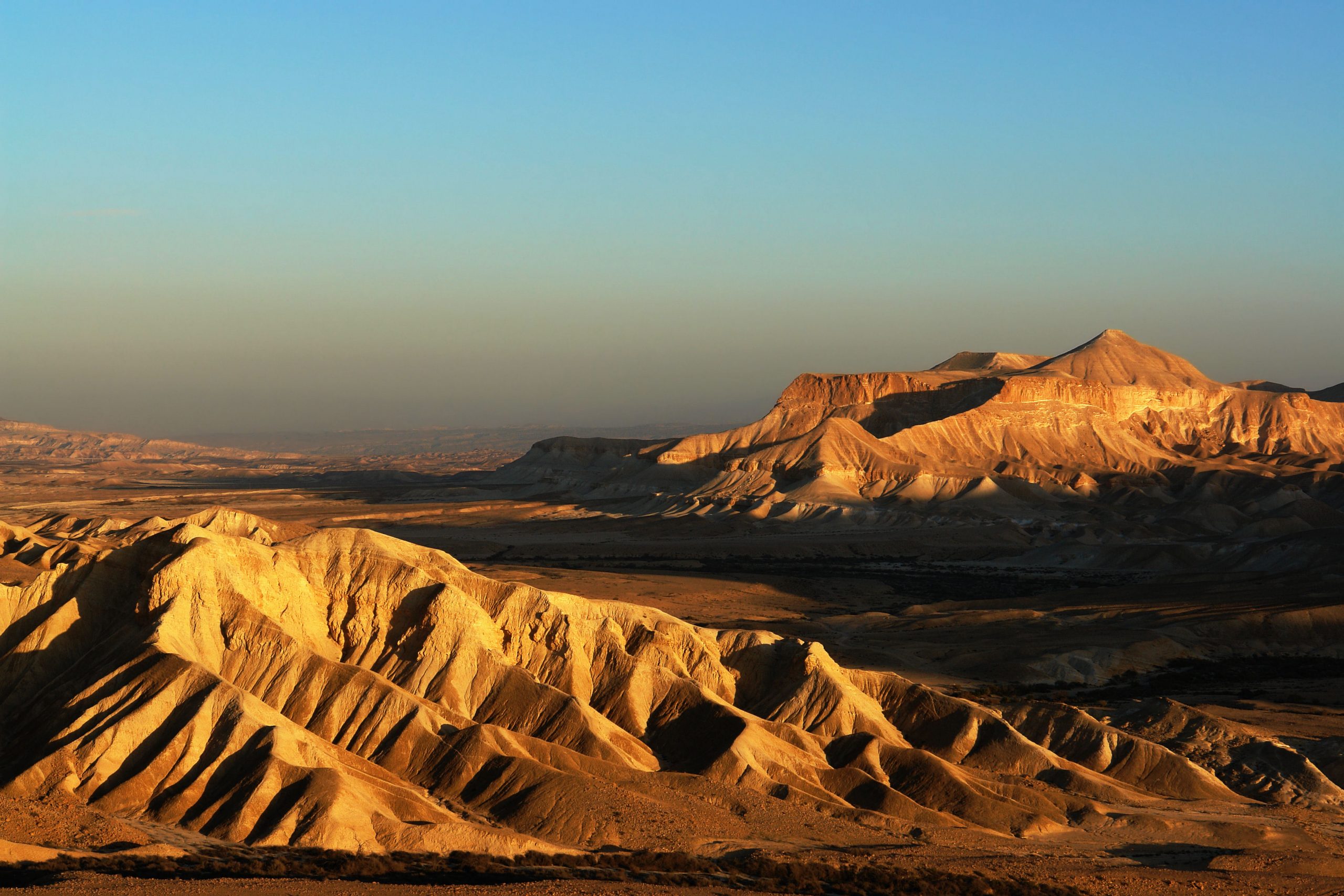HOWARD EPSTEIN – MAKING THE DESERT BOOM
Which particular piece of bad news visited the most angst upon you in the past week? The risk of the implosion of the Russian Federation, which holds the biggest stocks of nuclear weapons and in which any successor to Putin is likely to be more dangerous than him? Or the many signs that we live in “Broken Britain”, with the travails of the NHS about to be exacerbated by a consultants’ strike. Or that the Israeli government presses on in its quest to control the courts, and restrict freedom of assembly, as yet another – almost the 30th – Motzei Shabbat ended with thousands peacefully protesting across Israel? Let’s change the mood music.
In January 2017, I opened a blog thus: “Whilst Aliyah in 2016 is slightly reduced as against 2015, the potential for large parts of the half million Jews in France and Ukraine seeking the safe haven that is Israel in the next five to ten years cannot be completely dismissed.” My prediction has only been bolstered by current events. But there are problems.
Most olim want to live in Tel Aviv and the Sharon region – between Gadera and Hadera. But Greater Tel Aviv is already the second most densely populated place in the West (about the same as in Gaza, for whose overcrowding the world weeps). Plainly, there has to be a limit, if not in the height of the buildings (already four 100-storey towers have been approved for Tel Aviv) to accommodate the ever-growing numbers of residents, then as regards the infrastructure that has to serve everyone and everything.
Pre-1967 Israel is horrifyingly narrow just north of super-crowded Tel Aviv. Route 531, from the north-south Super-National Highway 6, that runs along the boundary with Judaea and Samaria, to the sea, enables a truck with mounted cannon to cover the distance in less than 15 minutes.
These geo-political fixtures should cause the planners of Israel’s future to seek to move the centre of gravity south, to the Negev and the Arava. Anyone who has visited the desert cities of Palm Springs, California, or Phoenix, Arizona, has seen excellent urban and suburban habitats, always growing by drawing people from LA and elsewhere.
In the era of high speed train travel, and the coming abandonment (particularly in new cities) of universal automobile ownership in favour of cars-on-demand, there is every reason to plan for a new mega-city in the depths of the southern Negev, that would nevertheless be within commuting time of Tel Aviv.
Last week, Egyptian president Al-Sisi declared opening his multi-billion dollar mega-city to the east of Cairo. If Egypt, always teetering on the edge of financial disaster, can do it, fiscally sound Israel certainly can build such a city.
Using Googlemaps, take a virtual trip to Paran, today a modest moshav about 100 kilometres north of Eilat. Using Google Images, take a look at the topography. It is mostly flat. The only apparent engineering challenge in building a modern railway between Paran and Tel Aviv, is the intervening Maktesh Ramon’s elevation of 939 metres; but this has already demonstrably been overcome, given that Jerusalem is 787 metres above sea level.
Today, the train from Tel Aviv to Jerusalem, travelling at up to 160 kph, covers the 56 kilometres in 28 minutes, including stops at Ben Gurion airport and Modi’in.
A second generation service should be planned for the south. The Japanese Shinkansen (vintage 1964) and the French TGV (vintage 1980), average 320 kph. Such a train would reduce the current journey time for the 110 kilometres from Tel Aviv to Beersheba from 1 hour 20 minutes to 22 minutes. Another 28 minutes would cover the 148 kilometres on to Paran – 50 minutes in all! That would put Paran at a commuting distance from Tel Aviv, and be a shot in the arm for Beersheba. (A direct, TLV-Paran express route would take little more than half an hour. Eilat would be 20 minutes further on.)
Who might want to exchange life in Tel Aviv for that in Paran, all other things being equal? All those who eschew overcrowding and value matchless air quality. Who might not? Yachtsmen and surfboard enthusiasts (yet they would be close to Eilat).
In later episodes of this quest for Israeli expansion that treads on no-one else’s toes, I will deal with the facilities that would have to be provided to make Paran as desirable as Tel Aviv (or Palm Springs or, for water enthusiasts, Brasilia), with the fiscal costs alleviated by the financial and employment benefits and the shot in the arm that would be delivered to Israeli pride and morale.
Geopolitically and economically, along with the military and other significant assets of the state that have already been moved into the southern arid lands, this would drag Israel’s centre of gravity well to the south.
As a diversion from rows over corruption investigations and the dilution of Israeli democracy, it would be redemptive. As a way of improving the quality of life in the centre, and securing Israel’s future, and that of the diaspora, too, there is no competitor.
The pioneers of an earlier age made the desert bloom. The time has come to make the desert boom.
© July 2023 – Howard Epstein – www.howard-epstein.com








